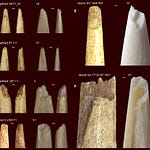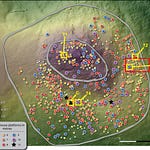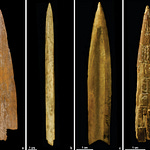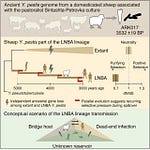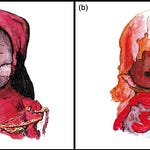The magnificent pyramids and sprawling plazas of the Maya Terminal Classic period stand today as monuments to a complex, ingenious civilization. Yet, for all their architectural splendor, many of these centers were abandoned between the eighth and tenth centuries C.E., their societies faltering in a decline that has puzzled scholars for generations. The reasons behind this societal unraveling are a mosaic of competing theories, from warfare and disease to shifting trade routes. But among the many explanations, a picture of a civilization at the mercy of its own climate has become increasingly clear.
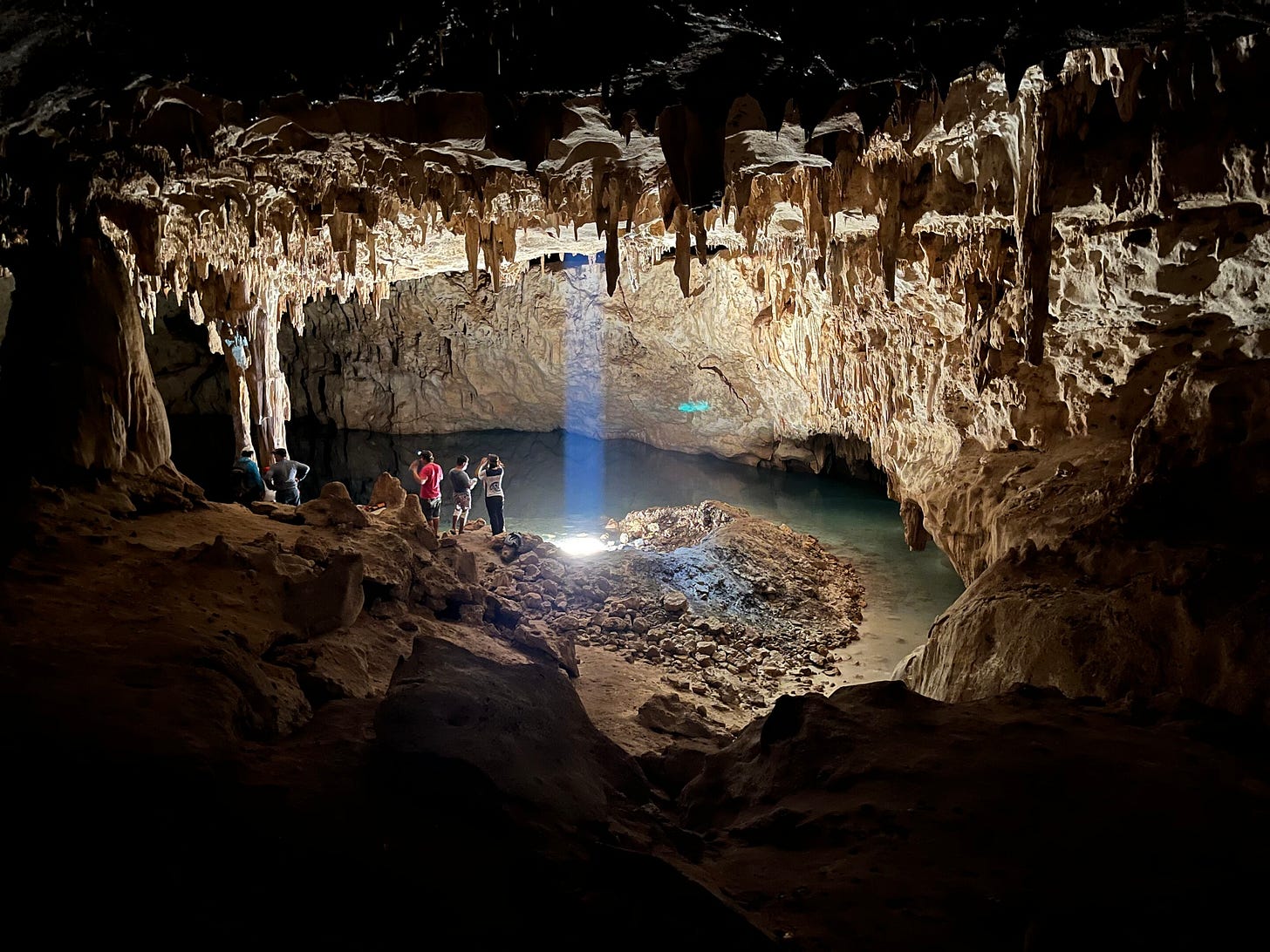
New research, published in Science Advances1, adds a stunning layer of detail to this picture by providing a month-by-month look at rainfall during the last centuries of the Classic period. By studying a stalagmite from a cave in Mexico's Yucatán Peninsula, a team of researchers has mapped out a series of brutal, prolonged droughts that may have tipped the balance for an already stressed civilization. The stalagmite, in essence, is a stone diary of the region’s ancient climate, recording years of extreme dryness that align with archaeological evidence of societal turmoil.
A New Way to Read the Past
Like the concentric circles of a tree stump, stalagmites grow in layers, each one a record of a specific time. They form when water drips from a cave ceiling, carrying dissolved minerals that precipitate over time. By meticulously analyzing the oxygen isotopes trapped within these mineral layers, scientists can reconstruct the environment in which the stalagmite grew. Heavier oxygen isotopes indicate drier conditions, as more of the lighter isotopes would have evaporated from the surface water before it could seep through the ground.
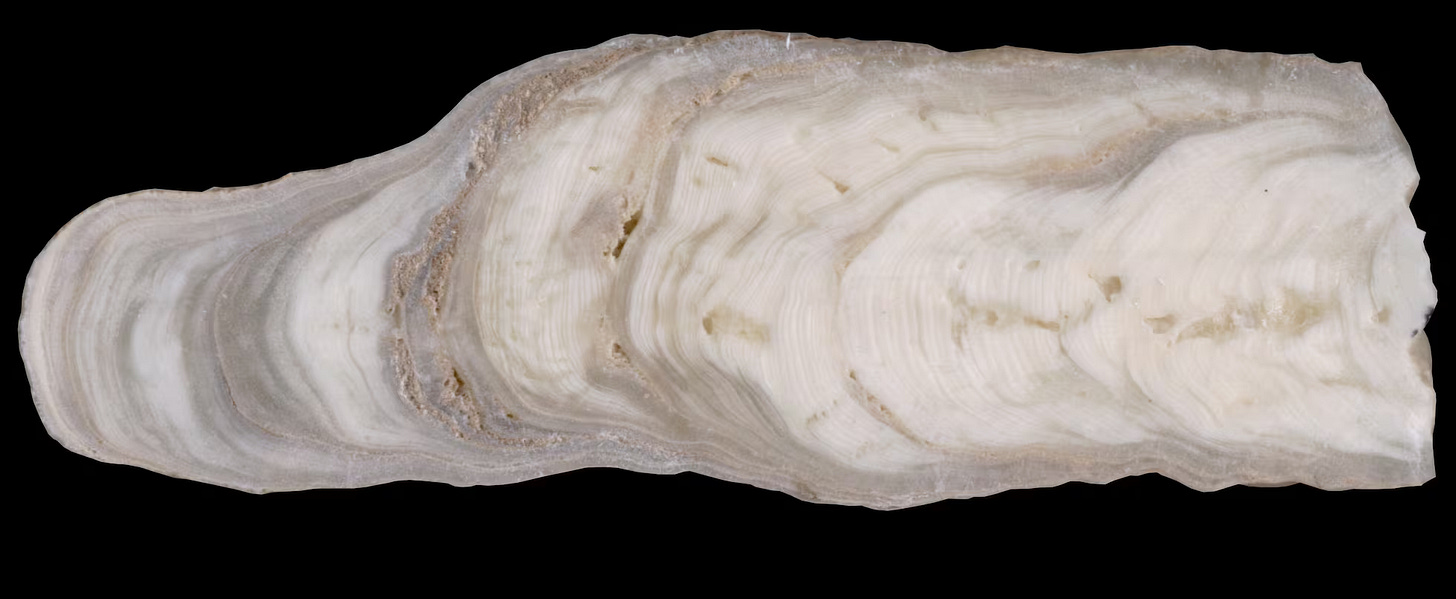
While previous studies have used lake sediments and other speleothems to establish a link between drought and the Maya collapse, this new research offers a more granular perspective. The thick annual layers of the stalagmite allowed researchers to differentiate between wet and dry seasons, a crucial distinction for understanding an agrarian society.
"Knowing the average annual rainfall doesn’t tell us as much as knowing what each rainy season was like. Being able to isolate the rainy season allows us to accurately track the duration of the drought from the rainy season, which is what determines the success or failure of crops."
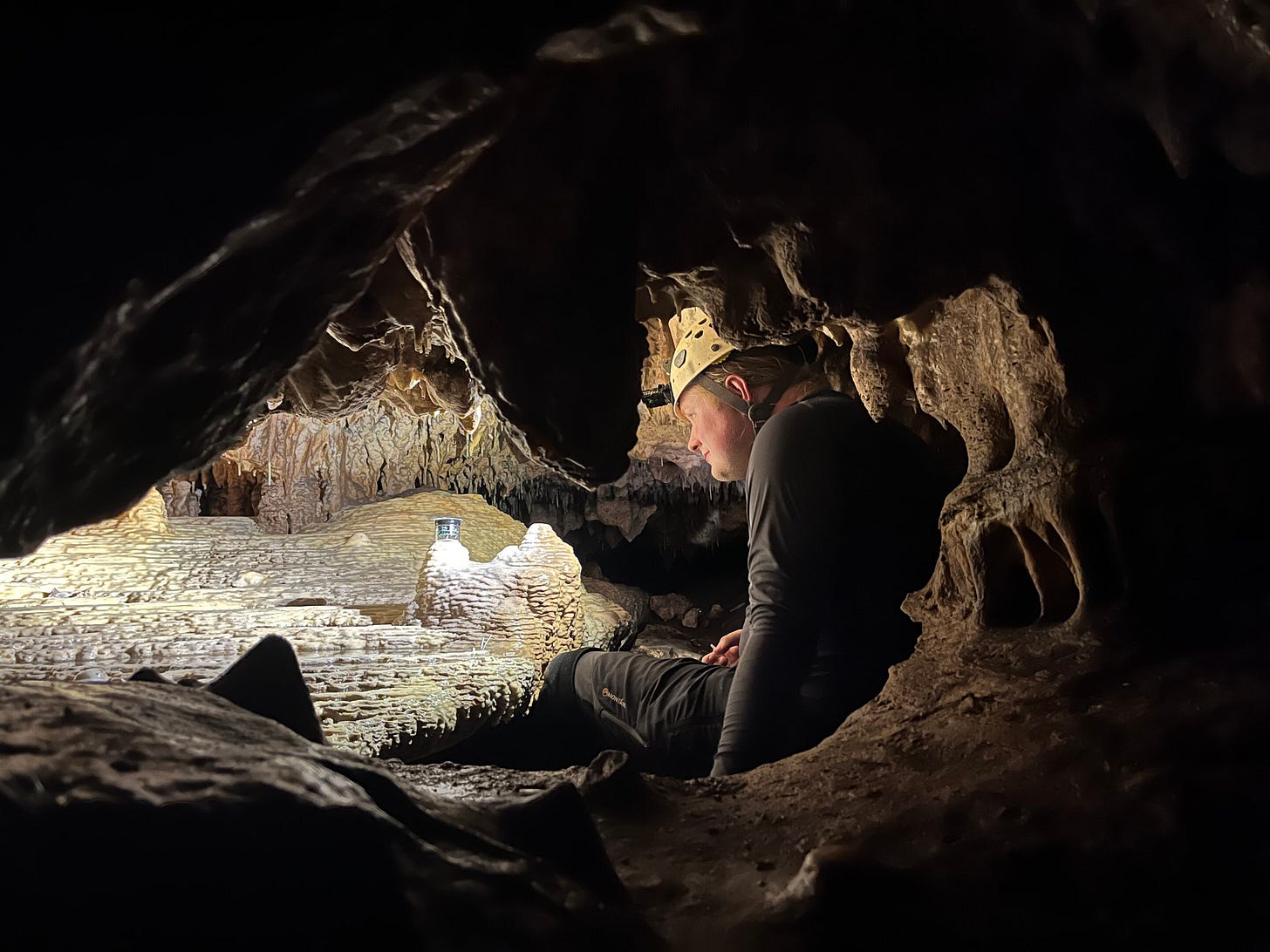
This detailed seasonal data revealed that between 870 and 1100 C.E., the Yucatán experienced at least eight multiyear droughts, one of which stretched for an unprecedented 13 consecutive years. This was far more than a simple dry spell. Maize, the staple crop of the Maya, is particularly sensitive to changes in the rainy season. A short drought might cause supply issues, but the extreme droughts documented in this study could have dropped crop yields to a tenth of their normal levels.
A Civilization's Response to Climatic Stress
The climatic data from the stalagmite aligns with a wealth of archaeological evidence. Inscriptions on commemorative stone monuments—a key form of public record for the Maya—stopped at various sites during these periods of severe climate stress. The construction of new buildings also ceased, suggesting that society's focus had shifted from monumental public works to more immediate matters of survival.
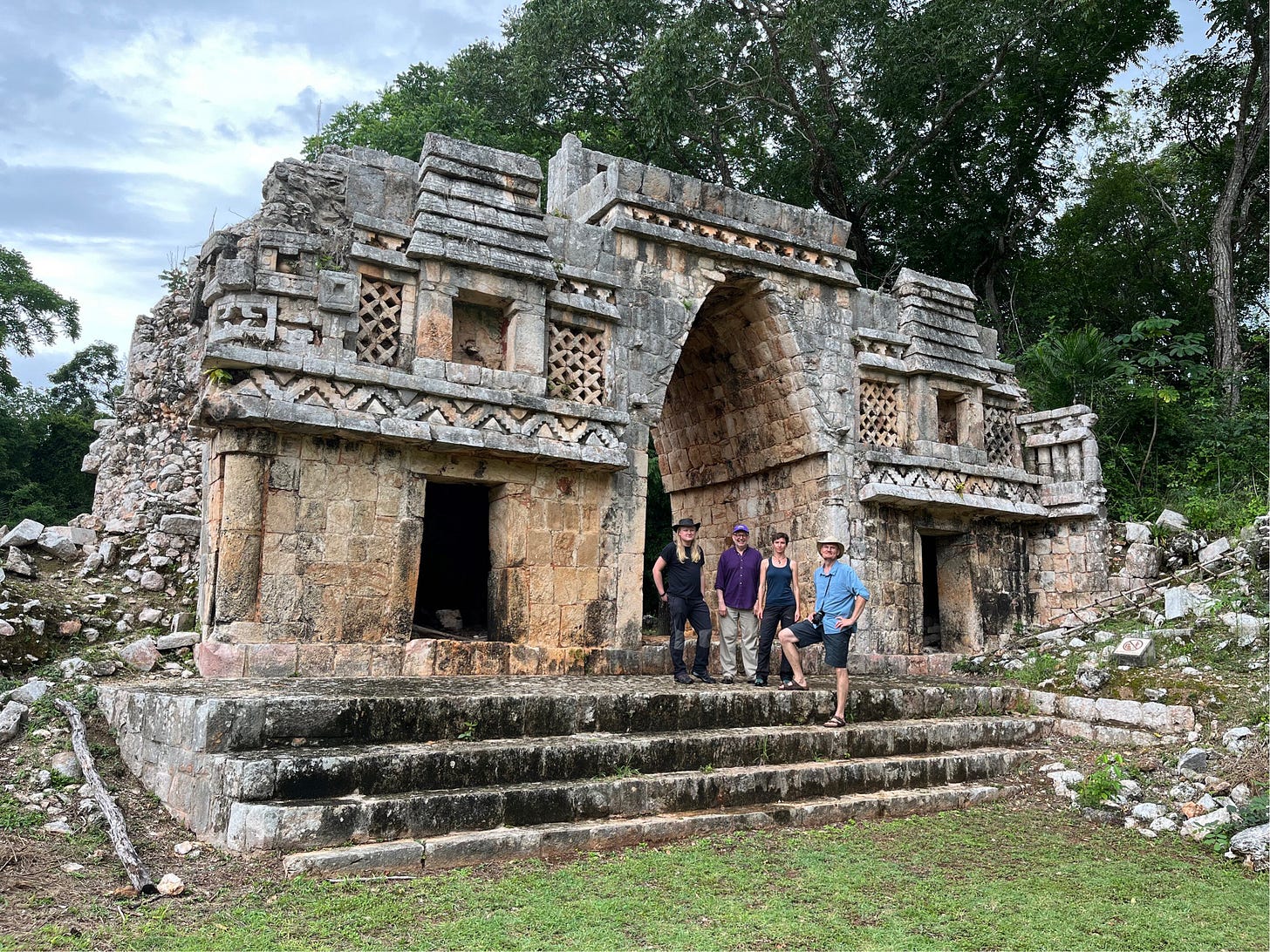
Yet, not all cities were affected equally. While Uxmal appears to have been abandoned at the end of this period, another major city, Chichén Itzá, continued to prosper for a time. This divergence suggests different social responses to the same climatic pressures.
"The differences between sites reflect different social responses to drought. Chichén Itzá had a wide range of trade networks and was highly centralized, which would have allowed for the accumulation or importation of resources in times of scarcity."
The resilience of some cities over others highlights the fact that climate was not the sole cause of the collapse. Rather, it was a critical factor that exacerbated existing social, political, and economic vulnerabilities. A society dependent on rain-fed agriculture simply could not sustain a large population through years of chronic drought.
However, some scholars argue that this perspective places too much emphasis on annual crops like maize, beans, and squash. They suggest that the Maya were more resourceful and resilient than this.
"There is a marked difference between the food plants available during moderate and extreme drought. While most annual species will not produce enough, a wide variety of nutritious perennial food plants would."
This alternative view holds that the Maya had a diverse diet that included numerous drought-resistant perennial species, which would have continued to provide food even during a moderate drought.
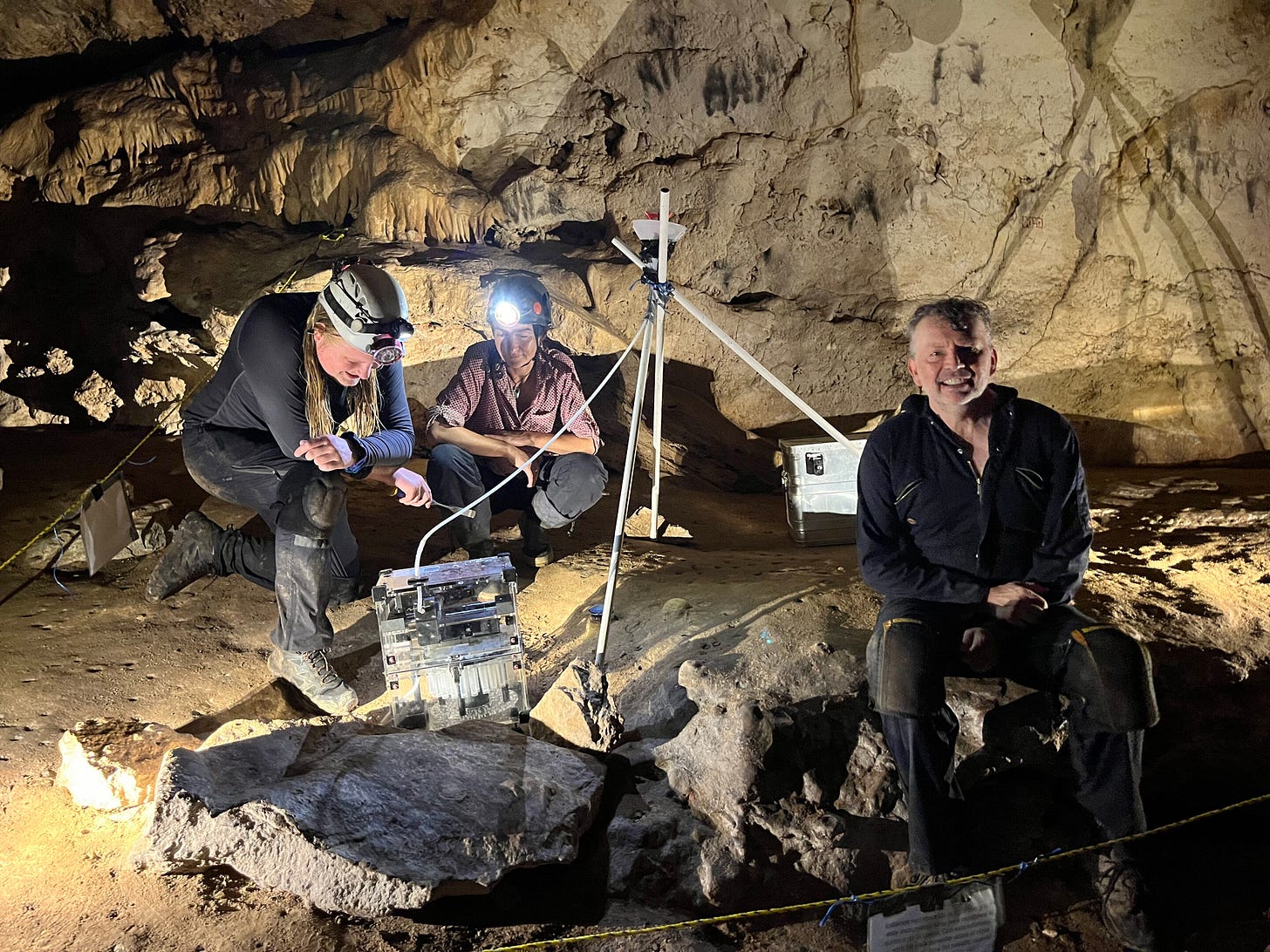
Ultimately, the new research provides a powerful tool for understanding this complex history. By offering a detailed, chronological record of ancient rainfall, it allows scholars to compare climate data with archaeological records and human responses on an unprecedented scale, moving the conversation forward from a simple explanation to a nuanced understanding of a civilization's long, hard winter.
Additional Research
Fedick, S. L., & Santiago, L. S. (2021). Large variation in availability of Maya food plant sources during ancient droughts. Proceedings of the National Academy of Sciences, 118(50), e2115657118. This study counters the maize-centric view, arguing that the Maya had a diverse array of drought-resistant food plants that would have provided sustenance during dry periods. DOI: 10.1073/pnas.2115657118
Hodell, D. A., Curtis, J. H., & Brenner, M. (1995). Possible role of climate in the collapse of Classic Maya civilization. Nature, 375(6526), 39-42. This is a foundational paleoclimate study that used lake sediment cores from Lake Chichancanab to provide early evidence of a major drought coinciding with the Classic Maya collapse. DOI: 10.1038/375039a0
Gill, R. B. (2000). The Great Maya Droughts: Water, Life, and Death. University of New Mexico Press. This book provides a comprehensive review of the evidence for drought as a major factor in the Maya collapse, drawing on a wide range of paleoclimatic, archaeological, and historical data. ISBN: 978-0826327774
Daniel James, Classic Maya Response to Multi-Year Seasonal Droughts in Northwest Yucatán, Mexico, Science Advances (2025). DOI: 10.1126/sciadv.adw7661. www.science.org/doi/10.1126/sciadv.adw7661


